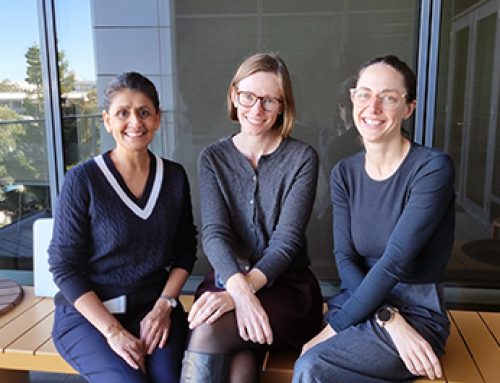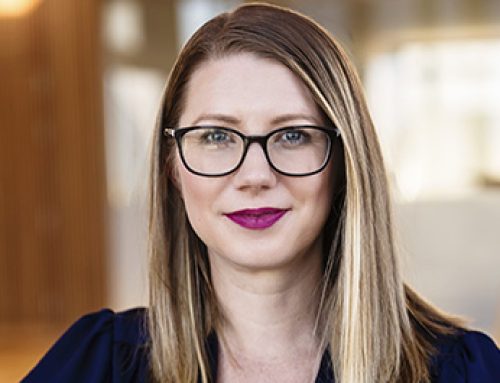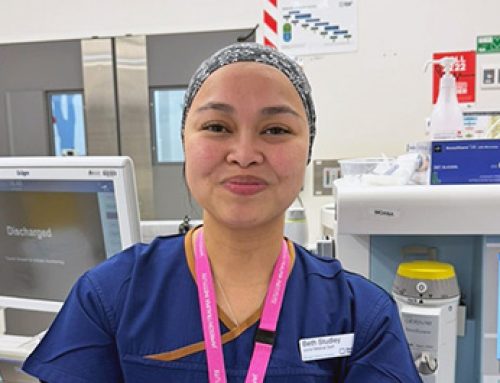Better Healthcare With Hybrid Practitioners
By Roman Kislov, Research Fellow, Health Services Research Centre, Alliance Manchester Business School, The University of Manchester and Nick Graves, Academic Director, Australian Centre for Health Services Innovation (AusHSI).
Burgeoning fields, such as implementation science and knowledge mobilisation, require solutions that bridge the gap between research and practice. Different strategies can be used to induce behavioural change, and to identify and overcome the multiple contextual barriers to mobilising research knowledge. We propose that ‘hybrids’ – clinician-researchers who combine an active clinical role with a research career – represent a key solution. By simultaneously participating in the worlds of research and practice, hybrid clinician-researchers reconcile multiple tensions between these fields. Hybrids are potential two-way windows, enabling knowledge flow between the broader groups of researchers and practitioners.
At the same time, there is a growing awareness of the challenges hybrids face in the context of contemporary healthcare. The inherent ambiguities of intermediary positions require that clinician-researchers negotiate multiple affiliations and commitments. A person undertaking a hybrid role must strike a balance between its clinical and research elements. They must maintain credibility with both worlds, while avoiding prioritising one to the detriment of the other. On top of this, hybrid roles continue to be seen as unusual and unconventional by many organisations. Where this is the case, hybrids are likely to suffer from lack of role clarity and guidance; have fewer opportunities for development, recognition and promotion; and even experience scepticism and hostility from colleagues in more traditional roles. This can significantly reduce or negate the hybrid’s potential to become an effective bridge between research and practice.
When exploring the work of successful clinician-researchers, it is important, therefore, to consider each individual hybrid’s know-how alongside the know-how of the organisations in which they are embedded. To illustrate this interplay, we will draw on the experiences of some successful, AusHSI-supported clinician-researchers who fit the definition of a ‘hybrid’.
Will Parsonage is the Clinical Director of AusHSI and a practising cardiologist. Louise Cullen is an emergency physician. Both have positions at universities in Brisbane, Queensland. They can address multiple audiences: dyed-in-the-wool doctors will listen, allied health clinicians and nurses will listen, bureaucrats in state health departments fund their work, and politicians will happily shake their hands for a good news story. But how did they gain traction with these groups? Louise and Will implemented a better diagnostic pathway for patients presenting with chest pain in ED across Queensland, and patients are diagnosed and processed faster. A collaboration with health economists generated evidence of substantial cost savings as a result. This evidence-based innovation was supported by funding from the state government health department and from competitive grants from AusHSI. Their recent collaboration with implementation scientists and their work on clinical guidelines make them true hybrids. Their portfolios cover clinical medicine, health services and political agendas.
Alison Mudge is a medical specialist in general internal medicine who leads a multidisciplinary research group. She developed the ‘Eat Walk Engage’ initiative at the Royal Brisbane Women’s Hospital as a mechanism to implement strong evidence that early mobilisation, adequate nutrition and hydration, and cognitive stimulation can reduce delirium, falls and other adverse outcomes for older inpatients. The model uses the Promoting Action on Research Implementation in Health Services (PARIHS) framework to understand the context of each different ward and co-design locally relevant strategies with older patients and the ward multidisciplinary team, and then implement and evaluate small improvements to care. The research approach has used the Medical Research Council Guidance on Complex Interventions: identifying evidence and theory through multidisciplinary collaboration; pilot studies on two wards; and then a large-scale effectiveness and cost-effectiveness evaluation through the multi-site CHERISH trial. Alison’s participation in both research and clinical practice allowed her to co-design this complex intervention with a deep understanding of context; to develop a strong national multidisciplinary research network; and to advocate for support from the health services who are co-funding the trial along with AusHSI and the Queensland Government.
In its capacity as a research, consultancy and training organisation, AusHSI has supported many hybrids in Queensland. It has funded innovative projects, developed research methods and offered short courses to over 600 clinicians and researchers. AusHSI combines evidence-based process with hands-on knowledge of working in health services to support implementation science and knowledge mobilisation. With its support, hybrids facilitate innovations in these fields by translating research directly into practice.
We propose that better healthcare will result if governments and service providers create better incentives for hybrid practitioners.







